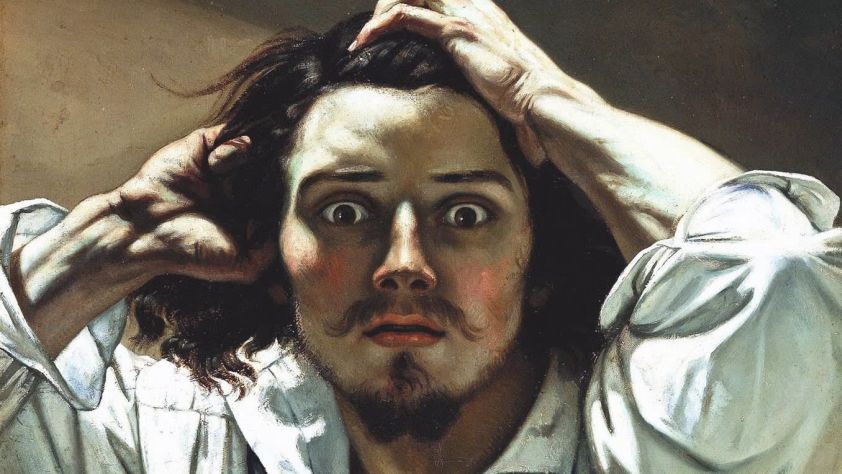 This story by Guy de Moupassant describes a man’s slow descent into madness, convinced that an invisible being he unknowingly lured from a passing ship is preying on his mind. As the entity (supposedly an otherworldly species of vampire that feeds on the life force of those it attaches to) gets stronger, he begins to lose his free will. Unable to flee, he traps it in his bedroom and burns his house to the ground. When this doesn’t work, he contemplates an even more extreme solution. Themes include reality vs. illusion, the unknown/supernatural, terror, madness, despair. More…
This story by Guy de Moupassant describes a man’s slow descent into madness, convinced that an invisible being he unknowingly lured from a passing ship is preying on his mind. As the entity (supposedly an otherworldly species of vampire that feeds on the life force of those it attaches to) gets stronger, he begins to lose his free will. Unable to flee, he traps it in his bedroom and burns his house to the ground. When this doesn’t work, he contemplates an even more extreme solution. Themes include reality vs. illusion, the unknown/supernatural, terror, madness, despair. More…
Archives
Examination Day
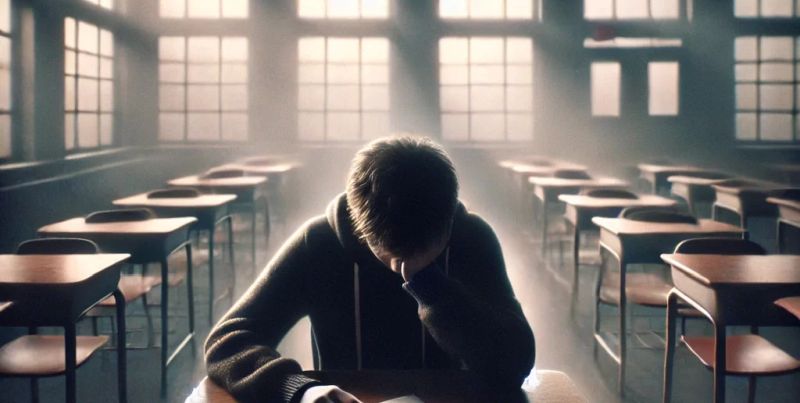 Set in a late 20th century dystopian society, this story by Henry Slesar questions the acceptable limits of government control. A couple appears tense at the breakfast table on what should be a happy day, their only son’s twelfth birthday. The following week, the boy must take a government intelligence test. Although the father appears poorly educated, struggling to answer basic science questions, his son does well at school and is confident of passing. To their horror, he does even better and aces the exam. Themes include government control, fear, oppression, conditioning and acceptance, eugenics. More…
Set in a late 20th century dystopian society, this story by Henry Slesar questions the acceptable limits of government control. A couple appears tense at the breakfast table on what should be a happy day, their only son’s twelfth birthday. The following week, the boy must take a government intelligence test. Although the father appears poorly educated, struggling to answer basic science questions, his son does well at school and is confident of passing. To their horror, he does even better and aces the exam. Themes include government control, fear, oppression, conditioning and acceptance, eugenics. More…
The Crowd
 In this chilling story by Ray Bradbury, a man badly injured in a car accident senses something ominous about the onlookers in the crowd that gathered around him. Several weeks later, he notices these same individuals at another accident. He searches newspaper archives and discovers that they and similar groups had attended hundreds of accidents over the last decade. Their sinister purpose is revealed when he has another car crash and they decide to “make him more comfortable”. Themes include morbid curiosity, schadenfreude, anonymity and the possibility of evil in a crowd, the supernatural. More…
In this chilling story by Ray Bradbury, a man badly injured in a car accident senses something ominous about the onlookers in the crowd that gathered around him. Several weeks later, he notices these same individuals at another accident. He searches newspaper archives and discovers that they and similar groups had attended hundreds of accidents over the last decade. Their sinister purpose is revealed when he has another car crash and they decide to “make him more comfortable”. Themes include morbid curiosity, schadenfreude, anonymity and the possibility of evil in a crowd, the supernatural. More…
The Daemon Lover
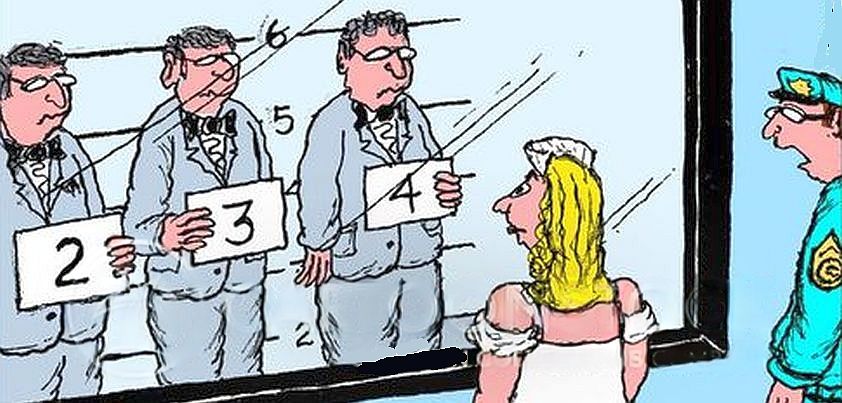 In this haunting psychological horror story by Shirley Jackson a woman wakes on what was to be her wedding day to realize that: 1) she may have been used and duped by a dapper writer’s promise of marriage; and 2) contrary to social expectations of the day, she may find herself “left on the shelf” at age thirty-four. In her desperatione to find the man she shows signs of mental instability, questioning whether the proposal was real or imagined. Themes include isolation and loneliness, social pressure, manipulation, imagination vs. reality, denial, obsession. More…
In this haunting psychological horror story by Shirley Jackson a woman wakes on what was to be her wedding day to realize that: 1) she may have been used and duped by a dapper writer’s promise of marriage; and 2) contrary to social expectations of the day, she may find herself “left on the shelf” at age thirty-four. In her desperatione to find the man she shows signs of mental instability, questioning whether the proposal was real or imagined. Themes include isolation and loneliness, social pressure, manipulation, imagination vs. reality, denial, obsession. More…
MS. Found in a Bottle
 This story by Edgar Allan Poe is an MS. (manuscript) found in a bottle tossed into the ocean by a dying man. After outlining his once rational, skeptical outlook on life, he relates the story of how, after a series of misadventures at sea, he found himself on a huge ghost galleon speeding under full sail towards the South pole. He walks around the ship unseen by its crew of infirm old men, who become increasingly excited as they approach their doom. Themes include the power of nature, fear, exploration, rational thinking vs. the supernatural, compulsion to document the unexplainable. More…
This story by Edgar Allan Poe is an MS. (manuscript) found in a bottle tossed into the ocean by a dying man. After outlining his once rational, skeptical outlook on life, he relates the story of how, after a series of misadventures at sea, he found himself on a huge ghost galleon speeding under full sail towards the South pole. He walks around the ship unseen by its crew of infirm old men, who become increasingly excited as they approach their doom. Themes include the power of nature, fear, exploration, rational thinking vs. the supernatural, compulsion to document the unexplainable. More…
The Rats in the Walls
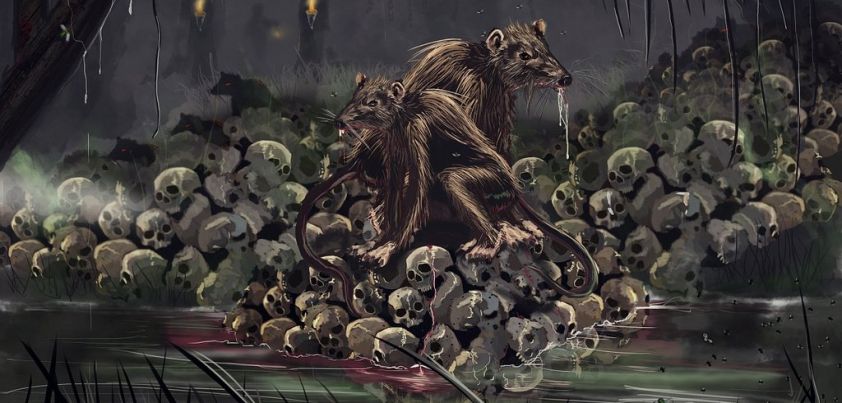 In this story by H. P. Lovecraft, the sound of a swarm of rats in the walls of his recently restored family castle causes the last of a long line of British aristocrats to lead a group of scientists to explore its long-sealed lower chambers. There they find a hidden city and evidence spanning many millennia of the capture and farming of human and quadrupedal sub-human beings for sacrifice and consumption. The excitement is too much for the owner, who quickly reverts to his old family ways. Themes include heritage and identity, genetic madness, paganism, human sacrifice. More…
In this story by H. P. Lovecraft, the sound of a swarm of rats in the walls of his recently restored family castle causes the last of a long line of British aristocrats to lead a group of scientists to explore its long-sealed lower chambers. There they find a hidden city and evidence spanning many millennia of the capture and farming of human and quadrupedal sub-human beings for sacrifice and consumption. The excitement is too much for the owner, who quickly reverts to his old family ways. Themes include heritage and identity, genetic madness, paganism, human sacrifice. More…
Terrapin
 This story by Patricia Highsmith involves a psychologically disturbed woman who cannot face the prospect of her eleven-year-old son “growing up”. The poor boy faces humiliation and bullying at school by having to wear tight, much younger boy’s shorts and is embarrassed at home by being forced to recite children’s poetry for his mother’s guests. When she brings home a terrapin (turtle) to cook for a special dinner, he mistakes it for a pet. The terrapin’s seemingly agonising death in boiling water, including a perceived cry for help, triggers a terrifying response. Themes: child abuse, control, change, identity, escape, insanity. More…
This story by Patricia Highsmith involves a psychologically disturbed woman who cannot face the prospect of her eleven-year-old son “growing up”. The poor boy faces humiliation and bullying at school by having to wear tight, much younger boy’s shorts and is embarrassed at home by being forced to recite children’s poetry for his mother’s guests. When she brings home a terrapin (turtle) to cook for a special dinner, he mistakes it for a pet. The terrapin’s seemingly agonising death in boiling water, including a perceived cry for help, triggers a terrifying response. Themes: child abuse, control, change, identity, escape, insanity. More…
Carmilla
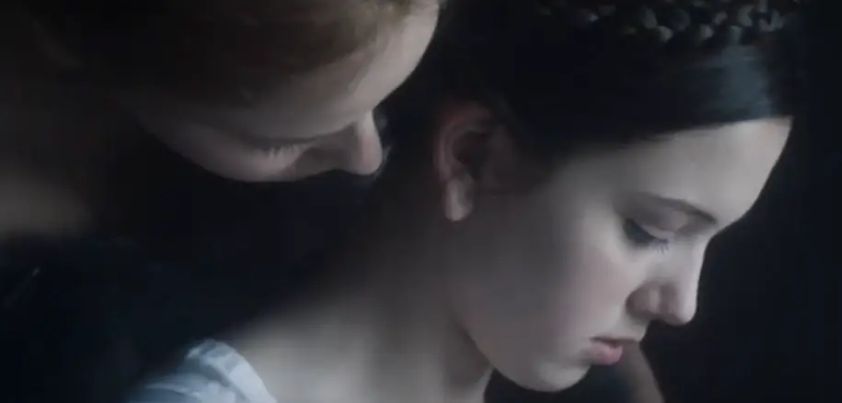 This 1872 novella by Sheridan Le Fanu was ground-breaking in several ways. It is not only one of the first examples of vampire fiction (pre-dating Bran Stoker’s Dracula by 25 years), but also the first to infer a lesbian element to vampiric attraction. This vampire seems to have a taste for blue blood. Peasant victims die quickly, but two young aristocratic women enjoy her seductive company longer. Could Carmilla have something else in mind for these two, such as spending eternity together? Themes: patriarchy, social class, female sexuality, life and death, the supernatural. More…
This 1872 novella by Sheridan Le Fanu was ground-breaking in several ways. It is not only one of the first examples of vampire fiction (pre-dating Bran Stoker’s Dracula by 25 years), but also the first to infer a lesbian element to vampiric attraction. This vampire seems to have a taste for blue blood. Peasant victims die quickly, but two young aristocratic women enjoy her seductive company longer. Could Carmilla have something else in mind for these two, such as spending eternity together? Themes: patriarchy, social class, female sexuality, life and death, the supernatural. More…
Ringing the Changes
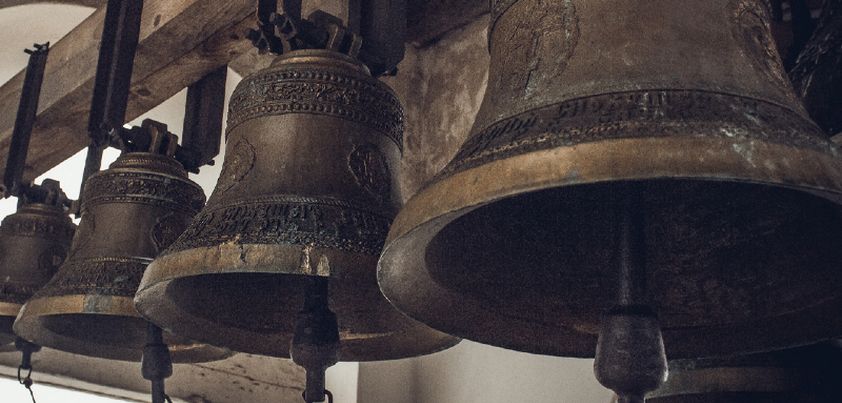 This story by Robert Aickman describes the frightening first night of a delayed honeymoon. The bride, much younger than the groom, wanted to spend their time in a remote coastal village neither had visited before. The moment they arrive, a church bell starts ringing continuously. It is out of tourist season, the streets are empty, the hotel staff act strangely, and there is a sickening, rotten smell in the air. Later, the bells of every church in the village begin ringing with urgency, heralding a macabre annual festival involving the walking dead. Themes: marriage, insecurity, isolation, class, fear, the supernatural. More…
This story by Robert Aickman describes the frightening first night of a delayed honeymoon. The bride, much younger than the groom, wanted to spend their time in a remote coastal village neither had visited before. The moment they arrive, a church bell starts ringing continuously. It is out of tourist season, the streets are empty, the hotel staff act strangely, and there is a sickening, rotten smell in the air. Later, the bells of every church in the village begin ringing with urgency, heralding a macabre annual festival involving the walking dead. Themes: marriage, insecurity, isolation, class, fear, the supernatural. More…
The Cat from Hell
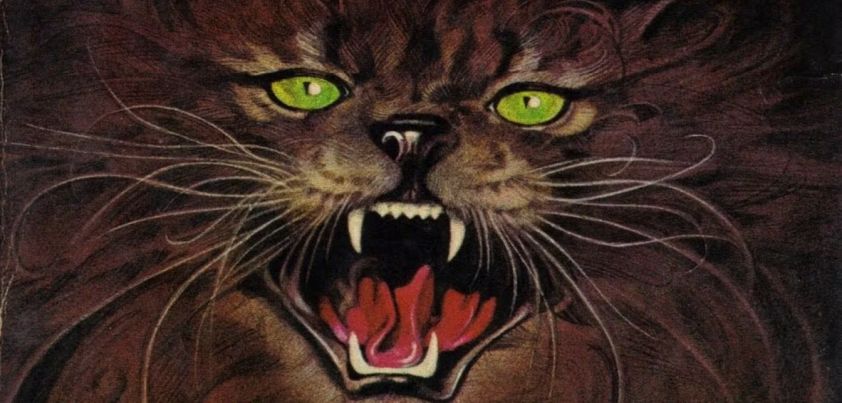 In this story from Stephen King, an aging industrialist hires a hitman to kill an unusual target… his cat. The old man believes the cat, a stray taken in by his sister, is responsible for her death and that of two other members of his household, and fears he will be next. The hitman accepts the job and takes the cat, which was purring peacefully on his lap as they talked, away. Unfortunately for him, the tables are soon turned in a most gruesome way. Themes include appearance vs. reality, fear, animal testing and suffering, demonic retribution, the supernatural. More…
In this story from Stephen King, an aging industrialist hires a hitman to kill an unusual target… his cat. The old man believes the cat, a stray taken in by his sister, is responsible for her death and that of two other members of his household, and fears he will be next. The hitman accepts the job and takes the cat, which was purring peacefully on his lap as they talked, away. Unfortunately for him, the tables are soon turned in a most gruesome way. Themes include appearance vs. reality, fear, animal testing and suffering, demonic retribution, the supernatural. More…
The Bloody Chamber
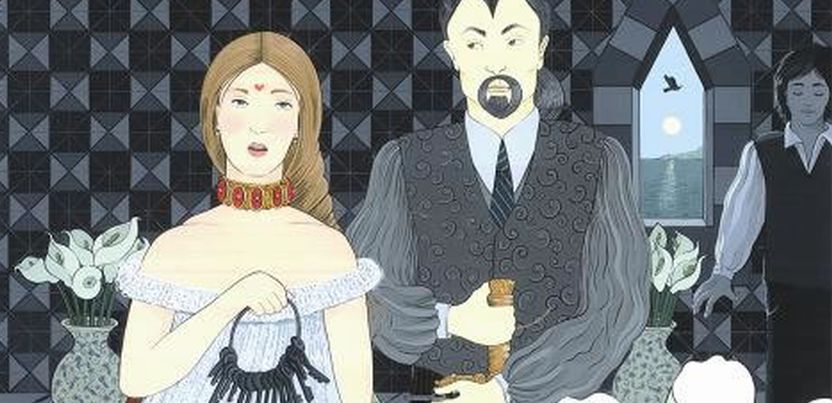 In Angela Carter’s titillating re-telling of Charles Perrault’s Bluebeard, a wealthy, three-times widowed French nobleman marries a seventeen-year-old virtuoso pianist and rushes her away to his secluded castle for a “honeymoon”. When browsing the library, she is shocked to discover his penchant for sadistic pornography. After a passionless consummation that satisfies his desire to have married a virgin, he lays a deadly trap designed to end the marriage. While he is away on business, the woman’s dark newborn curiosity springs the trap, which leads her into his bloody chamber. Themes: manipulation, sexual awakening, depravity, loneliness, curiosity, violence, death. More…
In Angela Carter’s titillating re-telling of Charles Perrault’s Bluebeard, a wealthy, three-times widowed French nobleman marries a seventeen-year-old virtuoso pianist and rushes her away to his secluded castle for a “honeymoon”. When browsing the library, she is shocked to discover his penchant for sadistic pornography. After a passionless consummation that satisfies his desire to have married a virgin, he lays a deadly trap designed to end the marriage. While he is away on business, the woman’s dark newborn curiosity springs the trap, which leads her into his bloody chamber. Themes: manipulation, sexual awakening, depravity, loneliness, curiosity, violence, death. More…
The Cask of Amontillado
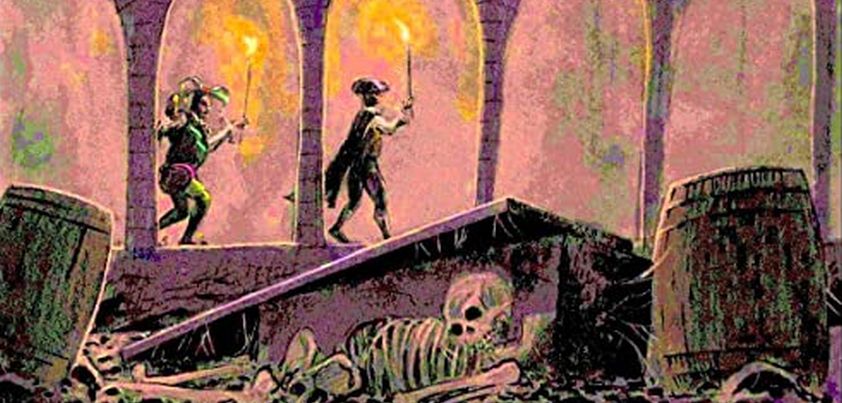 There is not much one can add to what has already been written about this classic tale from Edgar Allan Poe. Widely regarded as one of the world’s greatest Gothic horror stories, it is yet another example of Poe’s ability to supplement situational horror with insights into the twisted minds of his protagonists. The horror aspect of this story about a wine-tasting gone wrong (or right, depending on how you look at it) is enhanced by the ambiguity about the seriousness of the “insult” that lead to the victim’s claustrophobic end. Themes: revenge, trust/deceit, pride, envy, mortality, confession. More…
There is not much one can add to what has already been written about this classic tale from Edgar Allan Poe. Widely regarded as one of the world’s greatest Gothic horror stories, it is yet another example of Poe’s ability to supplement situational horror with insights into the twisted minds of his protagonists. The horror aspect of this story about a wine-tasting gone wrong (or right, depending on how you look at it) is enhanced by the ambiguity about the seriousness of the “insult” that lead to the victim’s claustrophobic end. Themes: revenge, trust/deceit, pride, envy, mortality, confession. More…
Three Skeleton Key
 Last year we featured Leiningen Versus the Ants, a story in which 400 men try to fight off an army of killer ants. In today’s tale by George Toudouze, three men are trapped inside an isolated lighthouse, surrounded by a horde of starving rats. One of the men is prone to panic and loses his mind when the rats break in to the lower part of the tower. The other two remain calm and, although a serious breach of duty, agree on a desperate course of action that saves the day. Themes: man vs. nature, fear, calmness under pressure. More…
Last year we featured Leiningen Versus the Ants, a story in which 400 men try to fight off an army of killer ants. In today’s tale by George Toudouze, three men are trapped inside an isolated lighthouse, surrounded by a horde of starving rats. One of the men is prone to panic and loses his mind when the rats break in to the lower part of the tower. The other two remain calm and, although a serious breach of duty, agree on a desperate course of action that saves the day. Themes: man vs. nature, fear, calmness under pressure. More…
The Wendigo
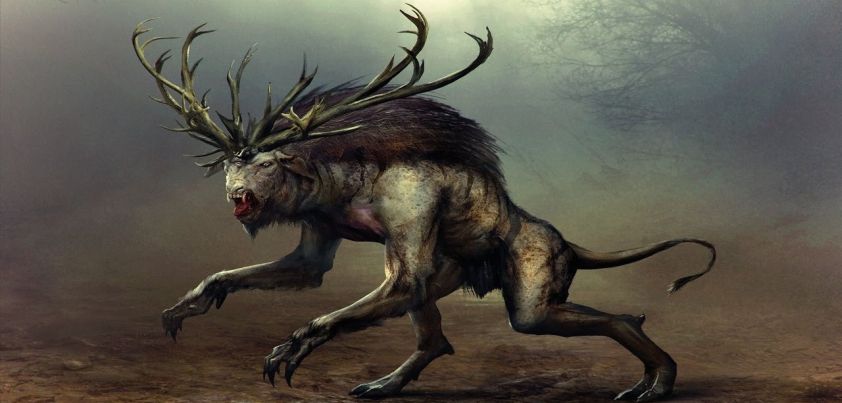 In this story by Algernon Blackwood, a hunting party encounters a Wendigo, a malevolent being said by Algonquian folklore to haunt the wilds of Eastern Canada. While most stories associate the Wendigo with cannibalism, Blackwood’s version, though no less frightening, is a moss-eater. The creature’s presence is foreshadowed early and tension builds until one of their guides is taken and returned as a misshapen shadow of himself. He is taken again, and reappears with a mouth full of moss bereft of mind, memory and soul. Themes include friendship, isolation, superstition, the “Call of the Wild”, primal fear, hysteria, the supernatural. More…
In this story by Algernon Blackwood, a hunting party encounters a Wendigo, a malevolent being said by Algonquian folklore to haunt the wilds of Eastern Canada. While most stories associate the Wendigo with cannibalism, Blackwood’s version, though no less frightening, is a moss-eater. The creature’s presence is foreshadowed early and tension builds until one of their guides is taken and returned as a misshapen shadow of himself. He is taken again, and reappears with a mouth full of moss bereft of mind, memory and soul. Themes include friendship, isolation, superstition, the “Call of the Wild”, primal fear, hysteria, the supernatural. More…
House Taken Over
 Said to be Julio Cortázar’s first published story, this suspenseful tale is about a middle-aged brother and sister who, having never married, live quiet but contented lives in their aging family mansion. One night, their solitude is interrupted by strange noises coming from a disused wing of the house. The brother locks and bolts the door leading to that part of the house. Unfortunately, the title foreshadows the final outcome. The brother and sister know the identity of the intruders (referred to only as “they”), but this is not shared with the reader. Themes: the idle rich, isolation, fear, change. More…
Said to be Julio Cortázar’s first published story, this suspenseful tale is about a middle-aged brother and sister who, having never married, live quiet but contented lives in their aging family mansion. One night, their solitude is interrupted by strange noises coming from a disused wing of the house. The brother locks and bolts the door leading to that part of the house. Unfortunately, the title foreshadows the final outcome. The brother and sister know the identity of the intruders (referred to only as “they”), but this is not shared with the reader. Themes: the idle rich, isolation, fear, change. More…
Dharma
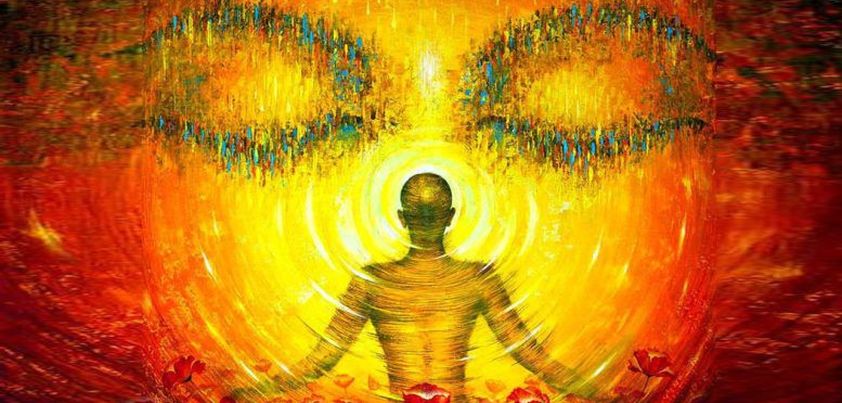 This story from Vikram Chandra focuses on the life of career soldier Jago Antia. In a twist on the ghost story genre, most of the action occurs in a house haunted not by the ghost of a dead inhabitant, but the “lost” spirit of Jago’s youth. A question raised by the story is Which of the many meanings of the word “dharma” does the title refer to? Superficially, it reflects Jago’s distinguished career (duty). On a deeper level, it represents the self-awareness (freedom) provided by confronting his personal ghost. Themes: modern vs. traditional beliefs, duty, self-discipline, courage, the supernatural, dharma. More…
This story from Vikram Chandra focuses on the life of career soldier Jago Antia. In a twist on the ghost story genre, most of the action occurs in a house haunted not by the ghost of a dead inhabitant, but the “lost” spirit of Jago’s youth. A question raised by the story is Which of the many meanings of the word “dharma” does the title refer to? Superficially, it reflects Jago’s distinguished career (duty). On a deeper level, it represents the self-awareness (freedom) provided by confronting his personal ghost. Themes: modern vs. traditional beliefs, duty, self-discipline, courage, the supernatural, dharma. More…
The Star
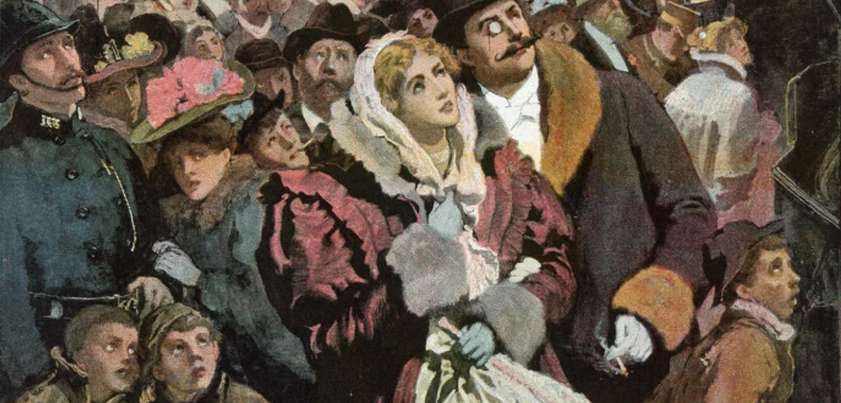 This apocalyptic story from H. G. Wells describes a near miss of Earth by a huge planetary fragment from outside the solar system. A somewhat disheartening theme is how insignificant the human race and its achievements are in the grand scheme of the universe. Part of the story’s appeal lies in questioning whether people would respond in a similar way if the same thing were to happen today. At first, people view the new “star” with excitement and anticipation. When a master mathematician makes dire predictions, many flee their cities in panic. But surprisingly, most do nothing until too late. More…
This apocalyptic story from H. G. Wells describes a near miss of Earth by a huge planetary fragment from outside the solar system. A somewhat disheartening theme is how insignificant the human race and its achievements are in the grand scheme of the universe. Part of the story’s appeal lies in questioning whether people would respond in a similar way if the same thing were to happen today. At first, people view the new “star” with excitement and anticipation. When a master mathematician makes dire predictions, many flee their cities in panic. But surprisingly, most do nothing until too late. More…
The Oval Portrait
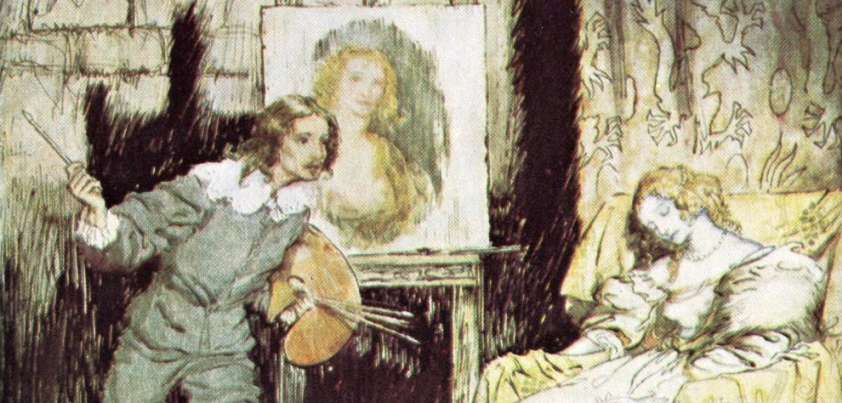 This Edgar Allan Poe story demonstrates the sinister side of how beauty can live on through art. An injured traveler takes shelter in an empty mountain chateau. There are paintings on and around the walls of his room. On his pillow is a book describing them. His eyes fall on the portrait of a beautiful woman that seems a little too lifelike. Disturbed, he finds its entry in the book. The woman’s story suggests that although art can preserve beauty, artistic obsession can destroy it in the making. Themes include art and artistry, rare beauty, love, obedience, obsession and death. More…
This Edgar Allan Poe story demonstrates the sinister side of how beauty can live on through art. An injured traveler takes shelter in an empty mountain chateau. There are paintings on and around the walls of his room. On his pillow is a book describing them. His eyes fall on the portrait of a beautiful woman that seems a little too lifelike. Disturbed, he finds its entry in the book. The woman’s story suggests that although art can preserve beauty, artistic obsession can destroy it in the making. Themes include art and artistry, rare beauty, love, obedience, obsession and death. More…
Leiningen Versus the Ants
 In today’s story by Carl Stephenson, four hundred men on a Brazilian plantation fight off an army of killer ants. Its major theme is the courage and ingenuity of (European) man against the power of nature. Other themes include the “civilizing” benefits of colonialism, racism (Leiningen is portrayed as a heroic leader, the Indian “peons” primitive and fearful) and misogyny (Critical situations first become crises when oxen or women get excited.) Ironically, despite Leiningen’s boasts about his superior intelligence and faultless preparations (which fail), it is a last-minute idea, which he had previously overlooked, that saves the day. More…
In today’s story by Carl Stephenson, four hundred men on a Brazilian plantation fight off an army of killer ants. Its major theme is the courage and ingenuity of (European) man against the power of nature. Other themes include the “civilizing” benefits of colonialism, racism (Leiningen is portrayed as a heroic leader, the Indian “peons” primitive and fearful) and misogyny (Critical situations first become crises when oxen or women get excited.) Ironically, despite Leiningen’s boasts about his superior intelligence and faultless preparations (which fail), it is a last-minute idea, which he had previously overlooked, that saves the day. More…
The Boogeyman
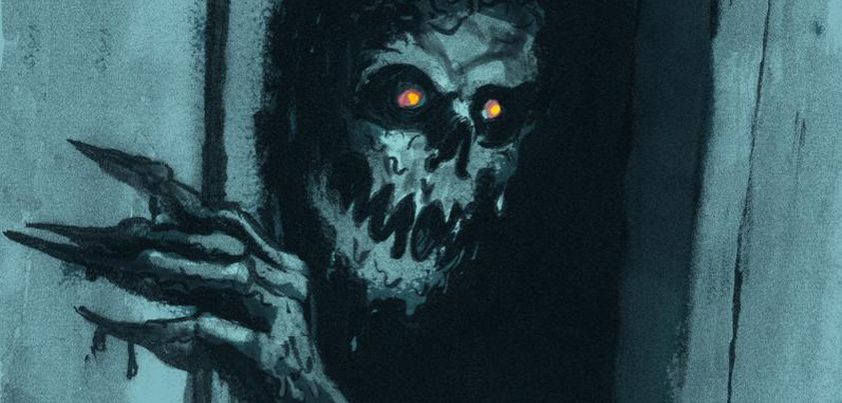 This story by Stephen King explores one of the greatest fears of many young children as they go to bed: the fact that some sort of evil creature may be hiding under their bed, behind the curtains, or in their closet. In the story, a man with serious mental problems blames himself for the death of his three children. He thinks a monster from his childhood killed them, and that it is now coming after him. Readers are left to wonder who or what this boogeyman really is. Themes include fear, imagination, paranoia, mental illness, filicide, guilt. More…
This story by Stephen King explores one of the greatest fears of many young children as they go to bed: the fact that some sort of evil creature may be hiding under their bed, behind the curtains, or in their closet. In the story, a man with serious mental problems blames himself for the death of his three children. He thinks a monster from his childhood killed them, and that it is now coming after him. Readers are left to wonder who or what this boogeyman really is. Themes include fear, imagination, paranoia, mental illness, filicide, guilt. More…